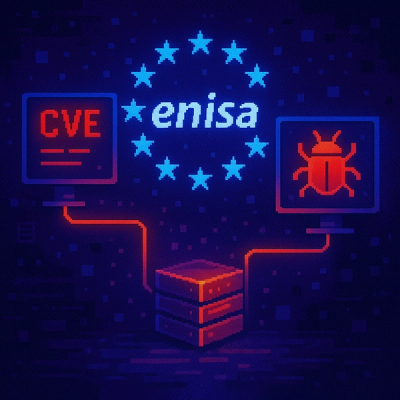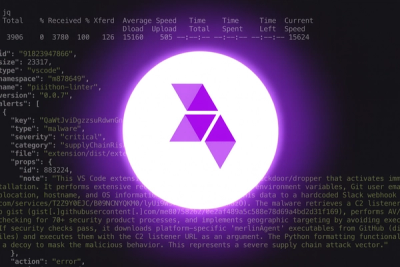
Product
Introducing Webhook Events for Alert Changes
Add real-time Socket webhook events to your workflows to automatically receive software supply chain alert changes in real time.
eval-rag
Advanced tools
A comprehensive evaluation toolkit for assessing Retrieval-Augmented Generation (RAG) outputs using linguistic, semantic, and fairness metrics
EvalRAG is a comprehensive evaluation toolkit for assessing Retrieval-Augmented Generation (RAG) outputs using linguistic, semantic, and fairness metrics.
You can install the library using pip:
pip install eval-rag
Here's how to use the Eval RAG library:
from eval_rag import EvalRAG
# Initialize the evaluator
evaluator = EvalRAG()
# Input data
question = "What are the causes of climate change?"
response = "Climate change is caused by human activities."
reference = "Human activities such as burning fossil fuels cause climate change."
# Evaluate the response
metrics = evaluator.evaluate_all(question, response, reference)
# Print the results
print(metrics)
The RAG Evaluator provides the following metrics:
BLEU (0-100): Measures the overlap between the generated output and reference text based on n-grams.
ROUGE-1 (0-1): Measures the overlap of unigrams between the generated output and reference text.
BERT Score (0-1): Evaluates the semantic similarity using BERT embeddings (Precision, Recall, F1).
Perplexity (1 to ∞, lower is better): Measures how well a language model predicts the text.
Diversity (0-1): Measures the uniqueness of bigrams in the generated output.
Racial Bias (0-1): Detects the presence of biased language in the generated output.
MAUVE (0-1): MAUVE captures contextual meaning, coherence, and fluency while measuring both semantic similarity and stylistic alignment .
METEOR (0-1): Calculates semantic similarity considering synonyms and paraphrases.
CHRF (0-1): Computes Character n-gram F-score for fine-grained text similarity.
Flesch Reading Ease (0-100): Assesses text readability.
To run the tests, use the following command:
python -m unittest discover -s eval_rag -p "test_*.py"
This project is licensed under the MIT License. See the LICENSE file for details.
Contributions are welcome! If you have any improvements, suggestions, or bug fixes, feel free to create a pull request (PR) or open an issue on GitHub. Please ensure your contributions adhere to the project's coding standards and include appropriate tests.
If you have any questions or need further assistance, feel free to reach out via email.
FAQs
A comprehensive evaluation toolkit for assessing Retrieval-Augmented Generation (RAG) outputs using linguistic, semantic, and fairness metrics
We found that eval-rag demonstrated a healthy version release cadence and project activity because the last version was released less than a year ago. It has 1 open source maintainer collaborating on the project.
Did you know?

Socket for GitHub automatically highlights issues in each pull request and monitors the health of all your open source dependencies. Discover the contents of your packages and block harmful activity before you install or update your dependencies.

Product
Add real-time Socket webhook events to your workflows to automatically receive software supply chain alert changes in real time.

Security News
ENISA has become a CVE Program Root, giving the EU a central authority for coordinating vulnerability reporting, disclosure, and cross-border response.

Product
Socket now scans OpenVSX extensions, giving teams early detection of risky behaviors, hidden capabilities, and supply chain threats in developer tools.